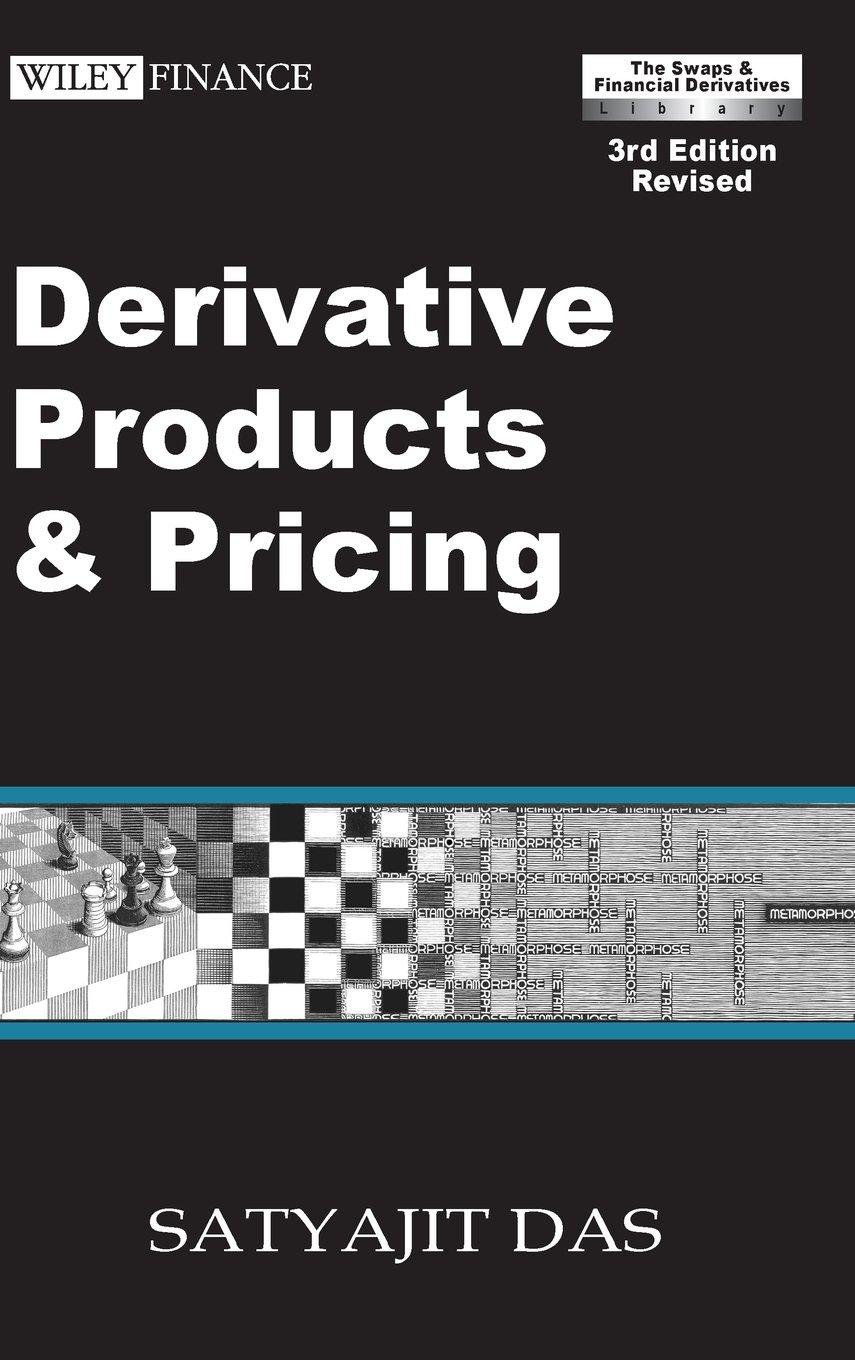Question
Zen Inc. manufactures two types of products, the G.1 and the T.1 models. The manufacturing process consists of two principal departments: production and assembly. The
Zen Inc. manufactures two types of products, the G.1 and the T.1 models. The manufacturing process consists of two principal departments: production and assembly. The production department has 58 skilled workers, each of whom works 7 hours per day. The assembly department has 25 workers, who also work a 7-hour shift. On an average, to produce a G.1 model, Zen Inc. requires 3.5 labor hours for production and 2 labor hours for assembly. The T.1 model requires 4 labor hours for production and 1.5 labor hours in assembly. The company anticipates selling at least 1.5 times as many T.1 models as G.1 models. The company operates five days per week and makes a net profit of $130 on the G.1 model, and $150 on the T.1 model. Zen Inc. wants to determine how many of each model should be produced on a weekly basis to maximize net profit. What is the projected profit at the maximized number of units produced?
Step by Step Solution
There are 3 Steps involved in it
Step: 1

Get Instant Access to Expert-Tailored Solutions
See step-by-step solutions with expert insights and AI powered tools for academic success
Step: 2

Step: 3

Ace Your Homework with AI
Get the answers you need in no time with our AI-driven, step-by-step assistance
Get Started


